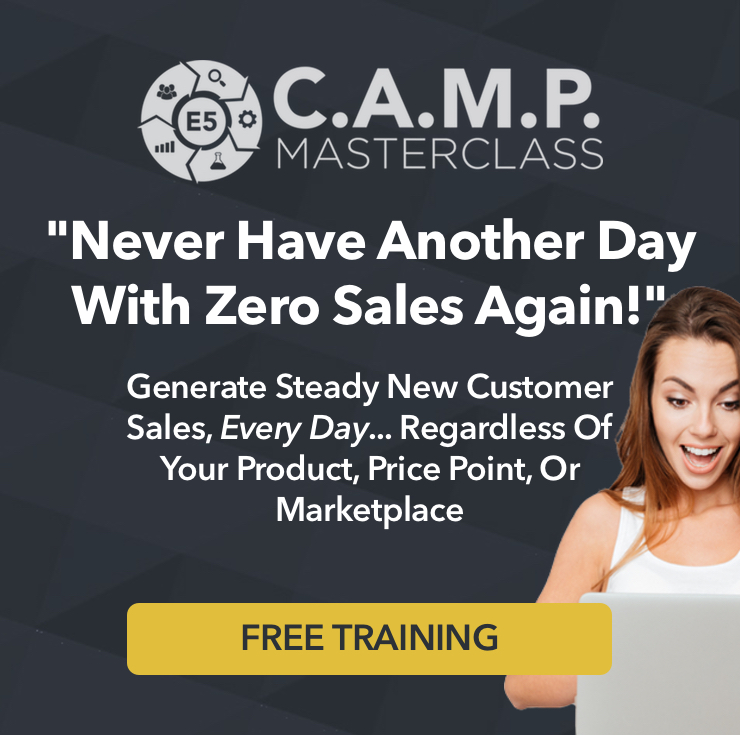Over my years of being in the direct response marketing industry, I have learned some valuable lessons, that have completely changed the way I run my business.
At MFA Live, I shared a series of the most important marketing lessons I have learned by being friends with people like Rich Schefren, Mark Ford, Jay Abraham, Clayton Makepeace, and others. Here are 9 of them.
Lesson 1 – New opportunities sell.
Repairing, improving, and enhancing something that has already been around simply doesn’t work. Even if the old is effective, people want the new.
Lesson 2 – The front end provides consistency and stability in your business.
The front end is all about getting a customer, not about making money from that customer. The front end takes care of your acquisition costs, while your profit is on the back end. If you take your eye off the front end, your business will struggle.
Lesson 3 – Good writing begins with tipping point ideas, clarity of expression, specifics, and an emotionally satisfying structure.
Don’t write to impress; write to express.
Double your conversions!
Check out the ultimate sales conversion secret right here (sooo powerful!) get ready to skyrocket your conversions!
Lesson 4 – Speed and size of growth is determined by your level of acquisition aggression.
There are three levels of aggression: “Mom and Pop”; break even; and go negative.
If I know that a customer is worth $1000, how much am I willing to invest to acquire that customer? If a Mom and Pop organization can only spend $50 for a customer, then if I can spend $100, even if I go negative, I will win in the long run. Breaking even is better than Mom and Pop, but being able to go negative is the best level of aggression, as long as you are acquiring customers.
Lesson 5 – The difference between front end and back end product design strategy.
The point of the front end is to bridge to something bigger. Ask yourself, What is this bridging to? Every offer should be a bridge to something else. Please read that sentence again. Every offer should be a bridge to something else. In your front end, you are looking to open up a loop that you can then close in the followup and with your back end products. Remember that all of your products are actually part of your marketing!
Lesson 6 – A promotion vs. a business.
Until you can pay to acquire new customers, you don’t have a business; you merely have a promotion.
Lesson 7 – The difference between tactics and strategies.
There are a lot of ways to implement the same strategy. These are called tactics. For instance, if your strategy is to provide a sense of urgency, the tactics you can use include: a count-down timer; a limited number available; a limited time only; etc.
It is your job to study, learn, and master strategy, not just the tactics. For instance, it makes much more sense to pay someone else to stay up-to-date on Facebook tactics, because it will always be changing. It doesn’t make sense for you to try to keep up with the latest there when there are so many other things that you can – and should – be doing in your business, that no one else can do.
Lesson 8 – Don’t test things that whisper. Test things that scream!
Figure out what will make the biggest difference. Test that.
Lesson 9 – The power of emergence.
This means suggesting that something big is happening or is about to happen. Not that something HAS happened or MIGHT happen. You want to suggest that something huge is happening right now, or is about to happen. And those few who get this information will experience incredible benefits.
Editor’s note: We will have the recordings from MFA Live 2015 available very soon! Keep an eye out for them!



